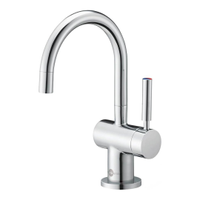How to make tea without a kettle – advice from a British person
While the electric kettle reigns supreme, it is possible to make a proper cup of tea without one. Here's how
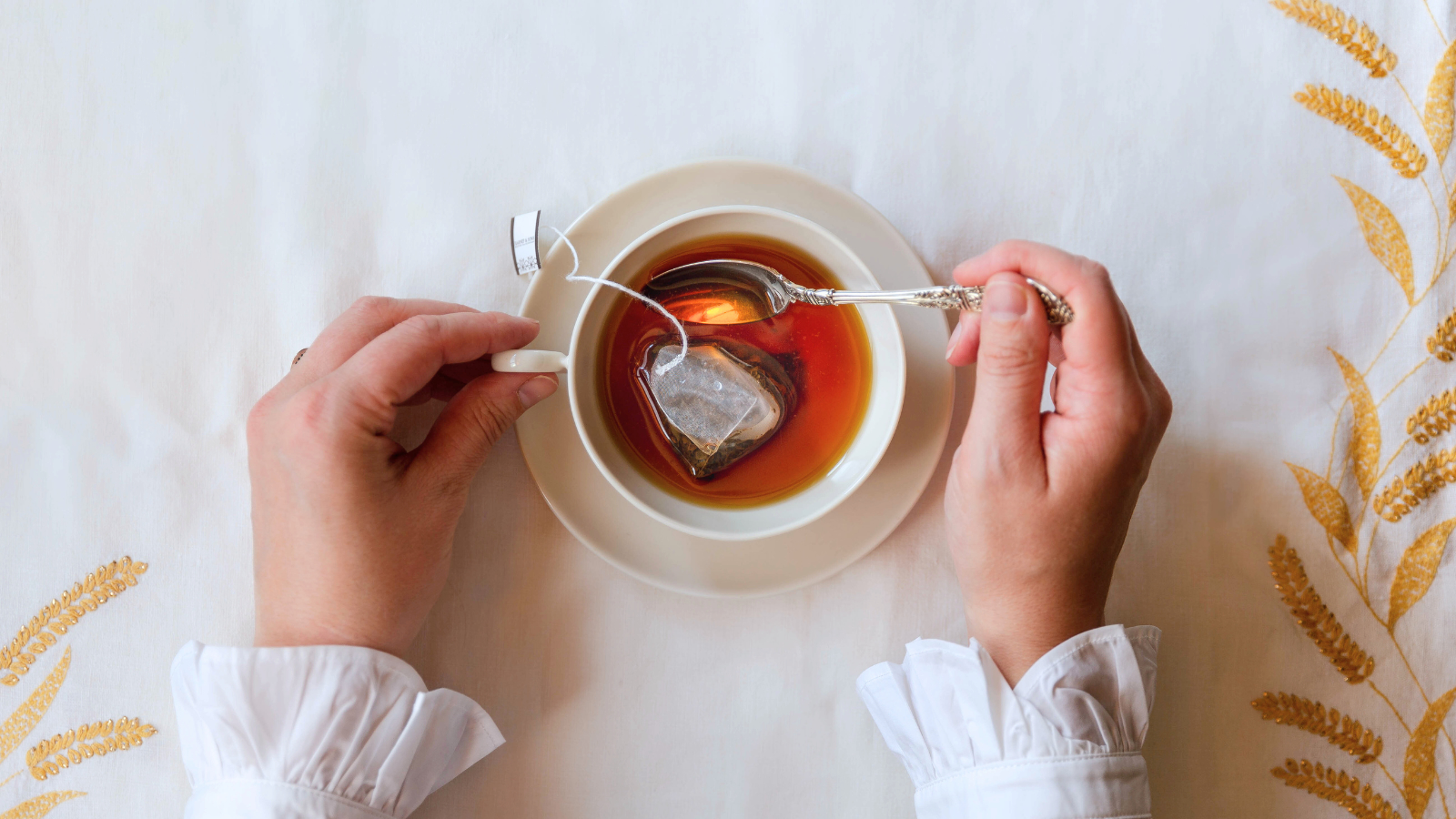
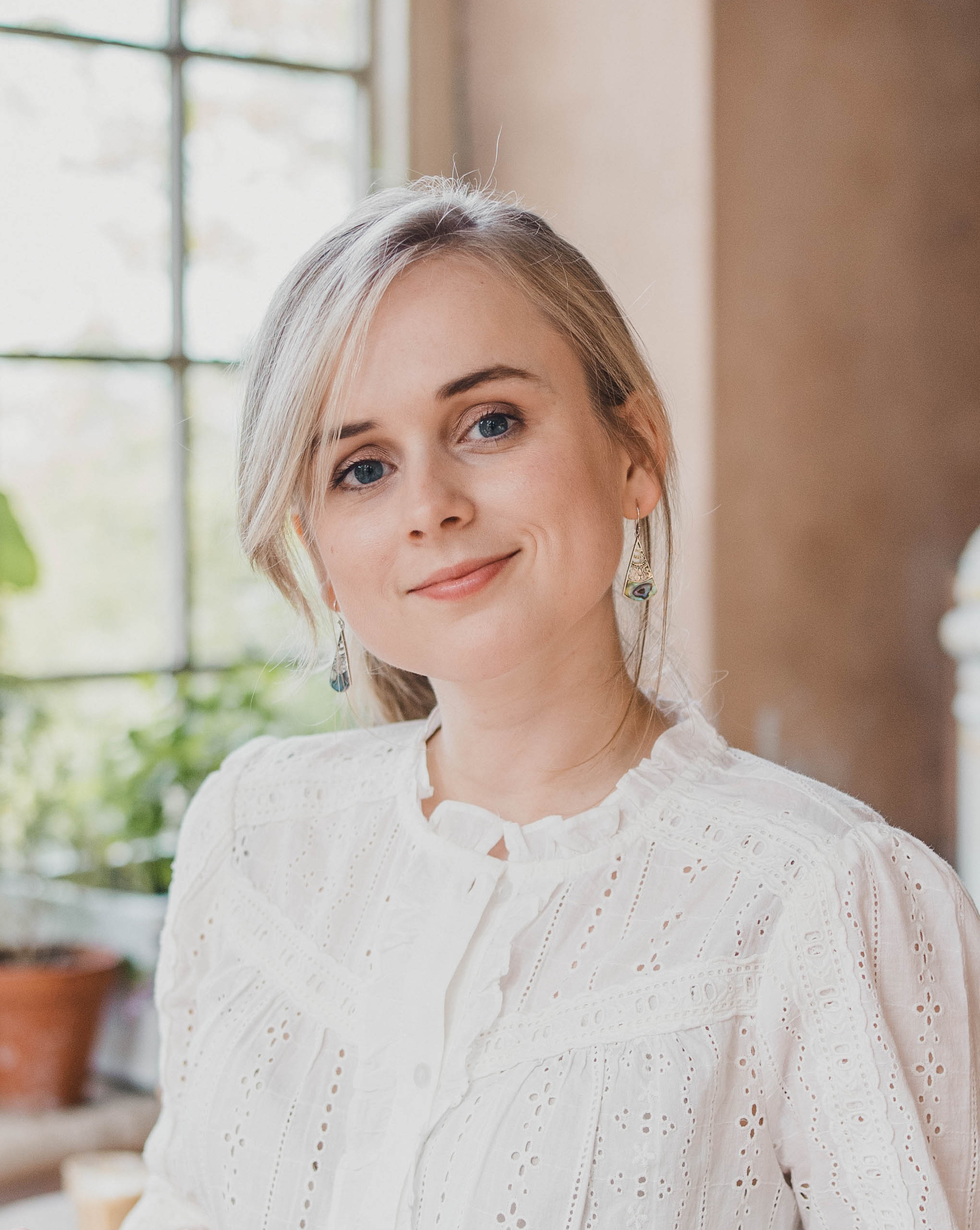
As a British person, mastering the art of the perfect cup of tea is a rite of passage. It's held in the same esteem as queuing or engaging in the national pastime of discussing the weather. Whether you prefer your morning brew milky or robust, nothing beats that first – or even fourth – cup of morning tea.
The method is simple: boil water in a kettle, pour it over a tea bag (I recommend one from Teapigs) in your favorite mug, patiently wait for it to steep, and then finish with a splash of milk. Sugar is a matter of personal taste, though it might raise an eyebrow among purists.
But what if an electric kettle isn't part of your kitchen setup? Is the quintessential tea experience still within reach? Absolutely. Below, I share three ways to brew this beloved drink at home, kettle or no kettle.
Can you make tea without a kettle?
No electric kettle? No problem. Armed with a tea bag and your favorite cup or mug, you can still enjoy a warming cup of tea using one of the tried-and-tested methods below:
1. Using the microwave
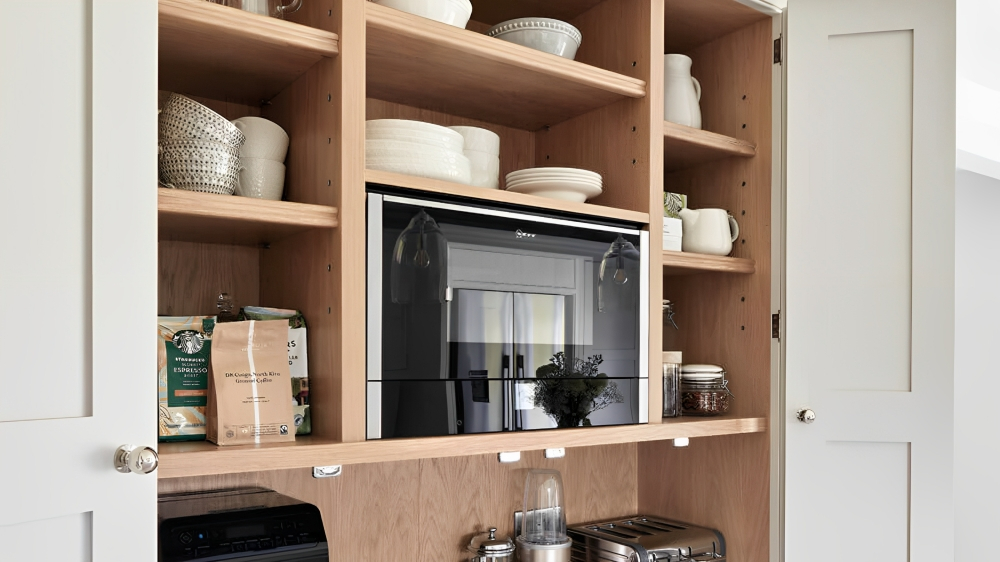
My fellow Brits will likely disown me for saying this, but it is possible to make a cup of tea in a microwave. This is how:
The Method: Pour water into a microwave-safe mug or cup, leaving enough space at the top to prevent the water from boiling over. Heat it on high power for 1.5 - 2 minutes. Stir the water every 30 seconds to distribute the temperature more evenly. Once the water has been heated, add your teabag and allow the tea to steep for 2-5 minutes, depending on how strong you like your brew.
Pros: This is a quick and easy method.
Cons: Microwaves can heat water unevenly, so be cautious of hot spots. Uneven heating may also lead to over-extraction of tannins, resulting in a bitter taste.
2. Using a boiling water tap
If you are lucky enough to own a boiling water tap, you'll be able to make a cup of tea much faster than using a traditional kettle.
The Method: Simply add your teabag to a cup and pour boiling water over it. Leave to steep before adding milk and/or sugar to taste.
Pros: This is a simple and effective way to make tea.
Cons: Some hot water taps might not reach the optimal temperature for certain types of tea. Let the water run for a few seconds to reach its hottest temperature before pouring it into your cup.
InSinkErator Modern Instant Hot Water Faucet
This hot water faucet is ideal for instantly making hot and cold beverages, steaming vegetables, cleaning dishes, and warming baby bottles.
3. Boiling a pan on the stove
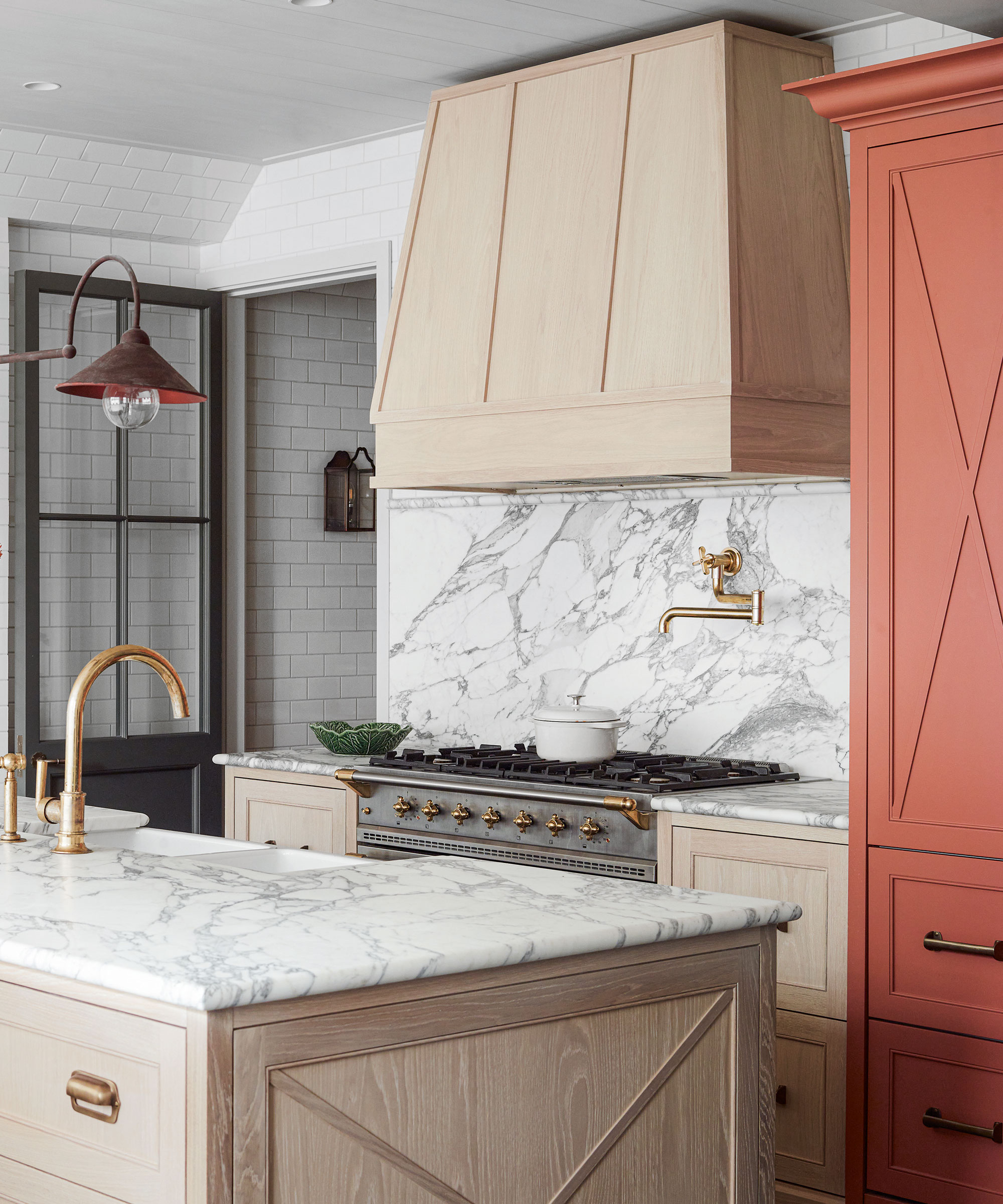
Whenever I find myself without a kettle, this is the technique I fall back on:
The Method: Fill a saucepan with water and heat it on the stove until it boils. Use a kitchen thermometer to check that it has reached the ideal temperature (between 194°F and 208°F). Once it is ready, remove from the heat, add your teabag and steep.
Pros: This method offers better control over water temperature and will evening heat the water (as opposed to a microwave).
Cons: You will need to be careful not to splash yourself when pouring hot water from a pan into your cup or mug.
4. Using the kitchen tap
I'm only including this next method because I want to dispel any notion that it is an acceptable way to make a proper cup of tea. You simply won't make a satisfactory cup of tea if you use warm water from your kitchen tap. Trust me, I've seen many a hungover college student try!
The Method: Pop a teabag in your cup and pour 'hot' water from your ordinary kitchen tap over the top. Wait 1-2 minutes for it to 'brew' before adding milk or sugar.
Pros: This method is quick and requires no fancy kitchen appliances or tools.
Cons: It won't work. Tap water won't reach a high enough temperature to properly steep tea, leading to a weak or underdeveloped flavor.
FAQs
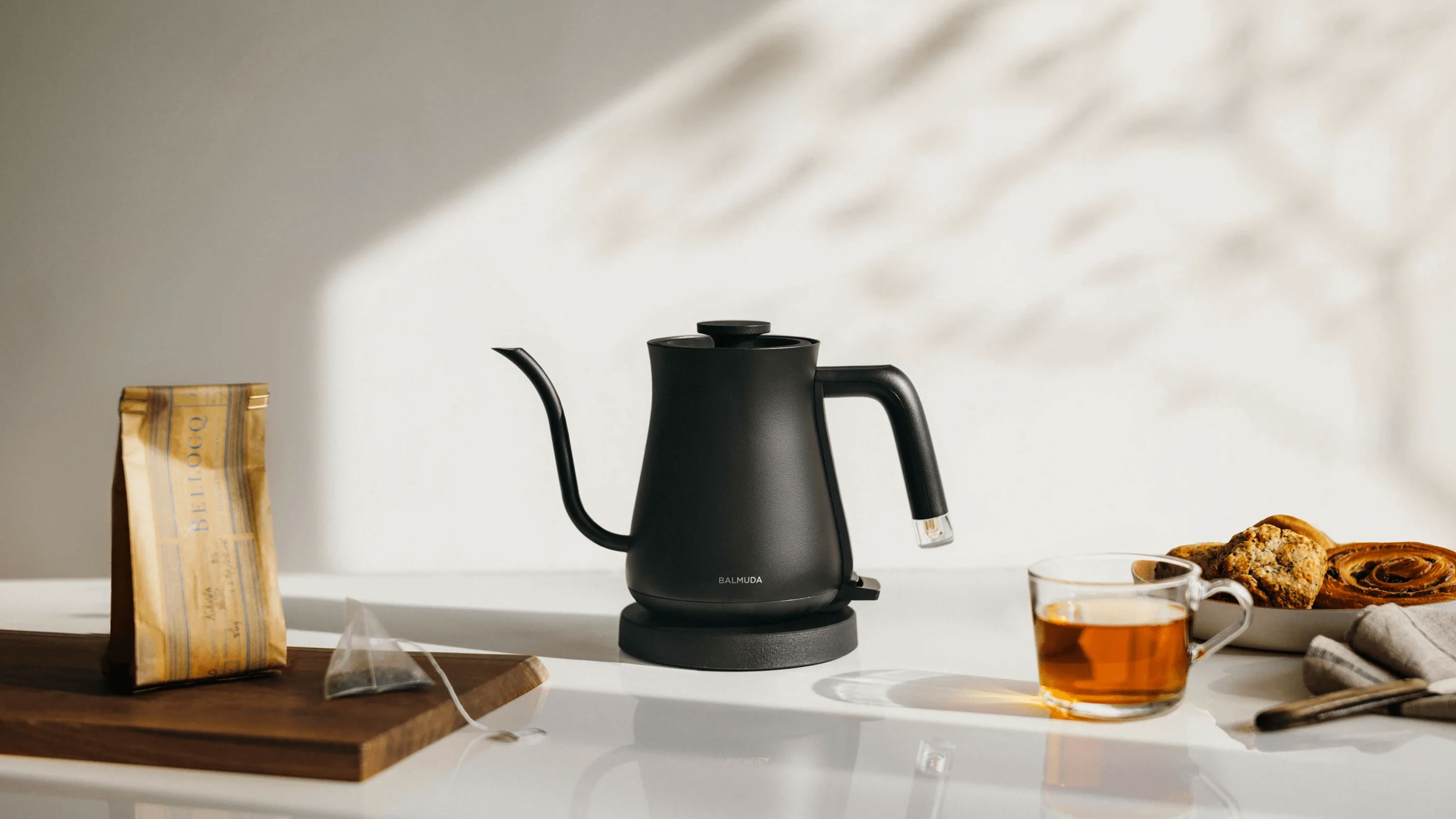
How long should you brew your tea for?
English Breakfast tea is typically best brewed for 3-5 minutes, but the exact brewing time will depend on your personal taste. If you prefer a stronger, more robust flavor, aim for the longer end of this range. For a lighter cup, steep for a shorter duration. Remember, over steeping can lead to bitterness due to the extraction of tannins.
Should you add milk to a tea cup first?
The question of whether to add milk first or tea first has been a topic of debate among tea drinkers for years. Historically, milk was poured first to prevent the hot tea from cracking fine china cups. However, today, it's more about personal preference. Adding milk first can slightly alter the taste and brewing process as the milk cools the water temperature. Adding milk after the tea is poured allows for better control over the strength of the tea and the amount of milk added.
Where can I buy good tea?
The kind of tea that you use to brew your drink will be as important as the way that you brew it. For that reason, I'd recommend picking up your tea from somewhere like Teapigs. They're a B-Corp that sells loose leaf, real, delicious tea. Excatly how it should be drunk.
If tea just isn't your, well, cup of tea, that's okay. Get a quality coffee maker, and you won't have to worry about getting the morning off to a good start.
Sign up to the Homes & Gardens newsletter
Design expertise in your inbox – from inspiring decorating ideas and beautiful celebrity homes to practical gardening advice and shopping round-ups.

Gabriella is a freelance contributor for Homes & Gardens. She is a DIY enthusiast and a lover of all things interior design, often found antiquing or browsing the aisles of her local hardware store. She has a particular passion for historic buildings and is in the process of renovating a Victorian coachhouse in the countryside.
For much of the past decade, Gabriella has worked as a freelance writer, crafting copy for national publications and renowned homeware brands. Most recently, she worked for Homebuilding & Renovating Magazine and is the former Head of Solved at Homes & Gardens, focusing on case studies for the magazine and website, as well as writing features about issues surrounding historic and listed building projects.
-
 Gwyneth Paltrow's quiet luxury kitchen is so beautiful, we almost overlooked her ultra-smart cabinets – they make the use of 'every inch' of storage space
Gwyneth Paltrow's quiet luxury kitchen is so beautiful, we almost overlooked her ultra-smart cabinets – they make the use of 'every inch' of storage spaceThe Goop founder makes use of dead space in her kitchen with customized cabinetry that reaches to the ceiling, providing ample storage
By Hannah Ziegler
-
 Martha Stewart's intelligent cabinets 'take every inch into consideration' – their 'visually light' style will solve your small kitchen storage problems
Martha Stewart's intelligent cabinets 'take every inch into consideration' – their 'visually light' style will solve your small kitchen storage problems'Every kitchen can be beautiful and functional, no matter what the size': 9 years since sharing her clever storage, Martha's cabinets are just as beautiful
By Megan Slack
